How Edge Computing is Revolutionizing Real-Time Data for IoT and AI Systems
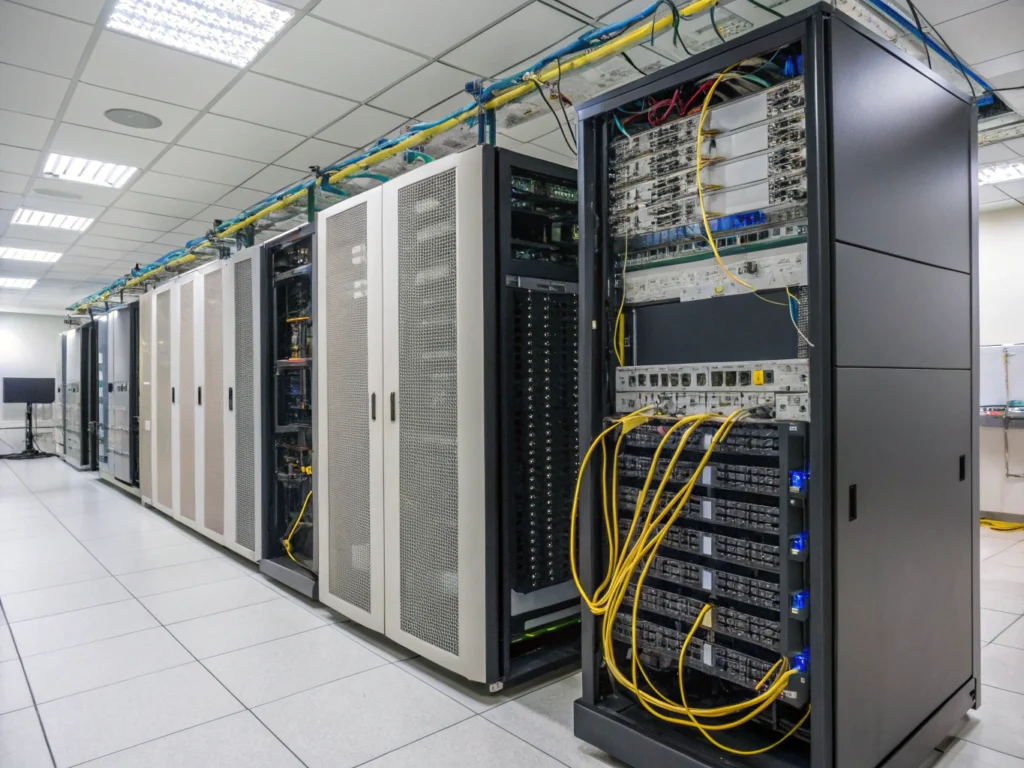
The Decentralized Revolution: Is True Real-Time Processing Finally Here?
Imagine a world where your smart devices react instantaneously, without relying on constant cloud connectivity. No more frustrating lag, no more data transfer bottlenecks, just seamless, responsive experiences. This isn’t science fiction; it’s the promise of Edge Computing. But is this transformative technology truly ready for mainstream adoption, or are we still grappling with its inherent complexities? The rise of IoT and AI Integration is fueling this revolution, necessitating powerful processing closer to the data source. In this deep dive, we’ll explore the latest advancements, market trends, practical applications, and essential considerations surrounding Edge Computing.
Key Concepts & Trends
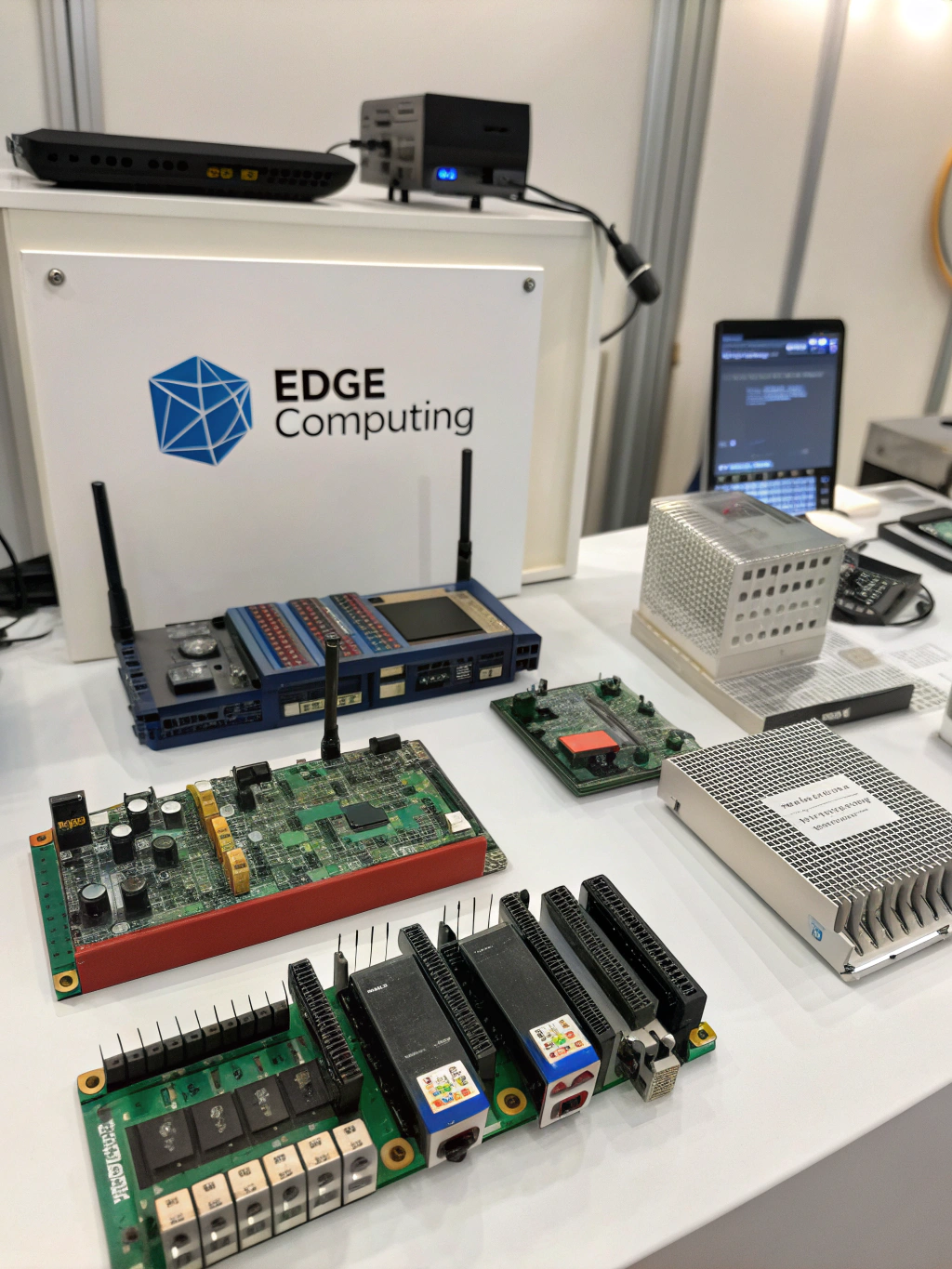
At its core, Edge Computing is about bringing computation and data storage closer to the devices where it’s being generated – the “edge” of the network. Traditionally, data from IoT devices would be sent to a centralized cloud for processing, which can introduce latency and bandwidth limitations. Edge Computing flips this model, enabling data analysis and decision-making to occur locally.
Several key trends are shaping the future of Edge Computing:
- Increased Processing Power at the Edge: We’re seeing the development of more powerful and energy-efficient processors specifically designed for edge devices, including specialized AI accelerators. This allows for more complex computations to be performed locally.
- 5G Network Expansion: The rollout of 5G networks is providing the high bandwidth and low latency required for seamless Edge Computing deployments. Faster data transfer enables more sophisticated applications.
- Serverless Edge Computing: This emerging paradigm allows developers to deploy and run code at the edge without managing the underlying infrastructure, simplifying development and scaling.
- Fog Computing as a Complement: While often used interchangeably, Fog Computing sits between the cloud and the edge, offering a distributed computing layer that can aggregate and filter data before sending it to the cloud.
- Enhanced Security at the Edge: With more data processed locally, security at the edge is becoming paramount. Hardware-based security modules and advanced encryption techniques are gaining traction.
Think of it like this: imagine a self-driving car. It can’t afford to send every sensor reading to a remote server for analysis – the delay would be catastrophic. Instead, the car utilizes Edge Computing to process data from its cameras, radar, and lidar in real-time, making split-second decisions to ensure safety.
Data & Market Insights
The Edge Computing market is experiencing explosive growth. According to a recent report by MarketsandMarkets, the global Edge Computing market size was valued at USD 36.13 billion in 2022 and is projected to reach USD 148.48 billion by 2028, growing at a CAGR of 22.9% from 2023 to 2028. (Source: MarketsandMarkets).
This surge is driven by the proliferation of IoT devices and the increasing demand for real-time data processing. A report by Statista indicates that the number of connected IoT devices is expected to reach over 30 billion by 2025, generating massive amounts of data that necessitates distributed processing.
[Insert an infographic here illustrating the projected growth of the Edge Computing market and the increasing number of connected IoT devices.]
Key players in the Edge Computing space include Amazon Web Services (AWS), Microsoft Azure, Google Cloud, NVIDIA, and Intel, all actively investing in platforms and tools to facilitate edge deployments. Many enterprises, from manufacturing giants like Siemens to retail companies like Walmart, are leveraging Edge Computing to optimize operations, improve customer experiences, and unlock new revenue streams.
Smarter Strategies & Alternatives
To effectively implement Edge Computing, businesses must adopt a strategic approach. Consider these smarter strategies:
- Prioritize Use Cases: Start with high-value use cases that offer a clear return on investment. Don’t try to boil the ocean.
- Choose the Right Architecture: Evaluate different Edge Computing architectures (cloud-native, hybrid, fog) based on your specific needs and constraints.
- Embrace Containerization: Utilize container technologies like Docker and Kubernetes to simplify application deployment and management at the edge.
- Focus on Data Governance: Establish clear policies for data storage, access, and security at the edge.
- Explore Serverless Edge: For simpler workloads, serverless edge computing can significantly reduce operational overhead.
Alternatives to traditional Edge Computing deployments include specialized hardware solutions from vendors like Google Coral or NVIDIA Jetson, offering optimized performance for specific AI and machine learning tasks. These can be particularly beneficial for resource-constrained environments.
Use Cases & Applications
The applications of Edge Computing are vast and span numerous industries:
- Manufacturing: Predictive maintenance, quality control, and robotics automation. Imagine sensors on machinery feeding data directly to edge devices for real-time anomaly detection, preventing costly downtime.
- Retail: Personalized shopping experiences, inventory management, and fraud detection. Edge devices can analyze shopper behavior in real-time to tailor recommendations and prevent theft.
- Healthcare: Remote patient monitoring, real-time diagnostics, and medical imaging analysis. This allows for faster and more accurate care, especially in remote areas.
- Automotive: Autonomous driving, advanced driver-assistance systems (ADAS), and connected car services. The self-driving car example mentioned earlier is a prime illustration.
- Smart Cities: Traffic management, environmental monitoring, and public safety. Edge devices can process data from cameras and sensors to optimize traffic flow and respond to emergencies.
Common Mistakes to Avoid
Several common pitfalls can hinder Edge Computing deployments:
- Ignoring Security: Failing to adequately secure edge devices and data is a major risk. Always implement robust security measures, including encryption and access controls.
- Underestimating Bandwidth Requirements: Even with Edge Computing, some data still needs to be transmitted. Plan for sufficient bandwidth capacity.
- Lack of Skills: Implementing and managing Edge Computing solutions requires specialized skills. Invest in training or partner with experienced providers.
- Poor Device Management: Managing a large number of distributed edge devices can be challenging. Implement a robust device management platform.
- Lack of Clear Business Objectives: Don’t implement Edge Computing for its own sake. Define clear business goals and measure the ROI.
Maintenance, Security & Long-Term Planning
Maintaining Edge Computing solutions requires a proactive approach:
- Regular Software Updates: Keep firmware and software updated to patch security vulnerabilities and improve performance.
- Remote Monitoring: Implement remote monitoring tools to track device health and identify potential issues.
- Cybersecurity Best Practices: Follow industry best practices for cybersecurity, including vulnerability scanning and intrusion detection.
- Scalability Planning: Design your Edge Computing architecture to scale as your IoT deployments grow.
- Regulatory Compliance: Ensure your Edge Computing deployments comply with relevant data privacy regulations.
Summary & Key Takeaways
Edge Computing represents a paradigm shift in how we process and utilize data from the growing number of connected devices. By bringing computation closer to the source, it addresses the limitations of traditional cloud-based approaches, enabling real-time processing, reduced latency, and enhanced security. While challenges remain, the market is poised for significant growth, driven by advancements in technology and the increasing demand for intelligent, responsive applications.
FAQs
Is it too late to invest in Edge Computing?
No, it’s not too late. Edge Computing is still in its early stages of adoption, and the market has significant growth potential. Companies investing now will be well-positioned to capitalize on the increasing demand for distributed computing.
How can small businesses use AI with Edge Computing?
Small businesses can leverage Edge Computing to deploy AI-powered applications for tasks like predictive maintenance, quality control, and personalized customer service. Cloud-based AI platforms can be integrated with edge devices to process data locally.
What tech stacks scale best for Edge Computing?
Tech stacks incorporating containerization (Docker, Kubernetes), serverless functions, and specialized edge hardware (NVIDIA Jetson, Google Coral) tend to scale best for Edge Computing deployments.
Share this content:

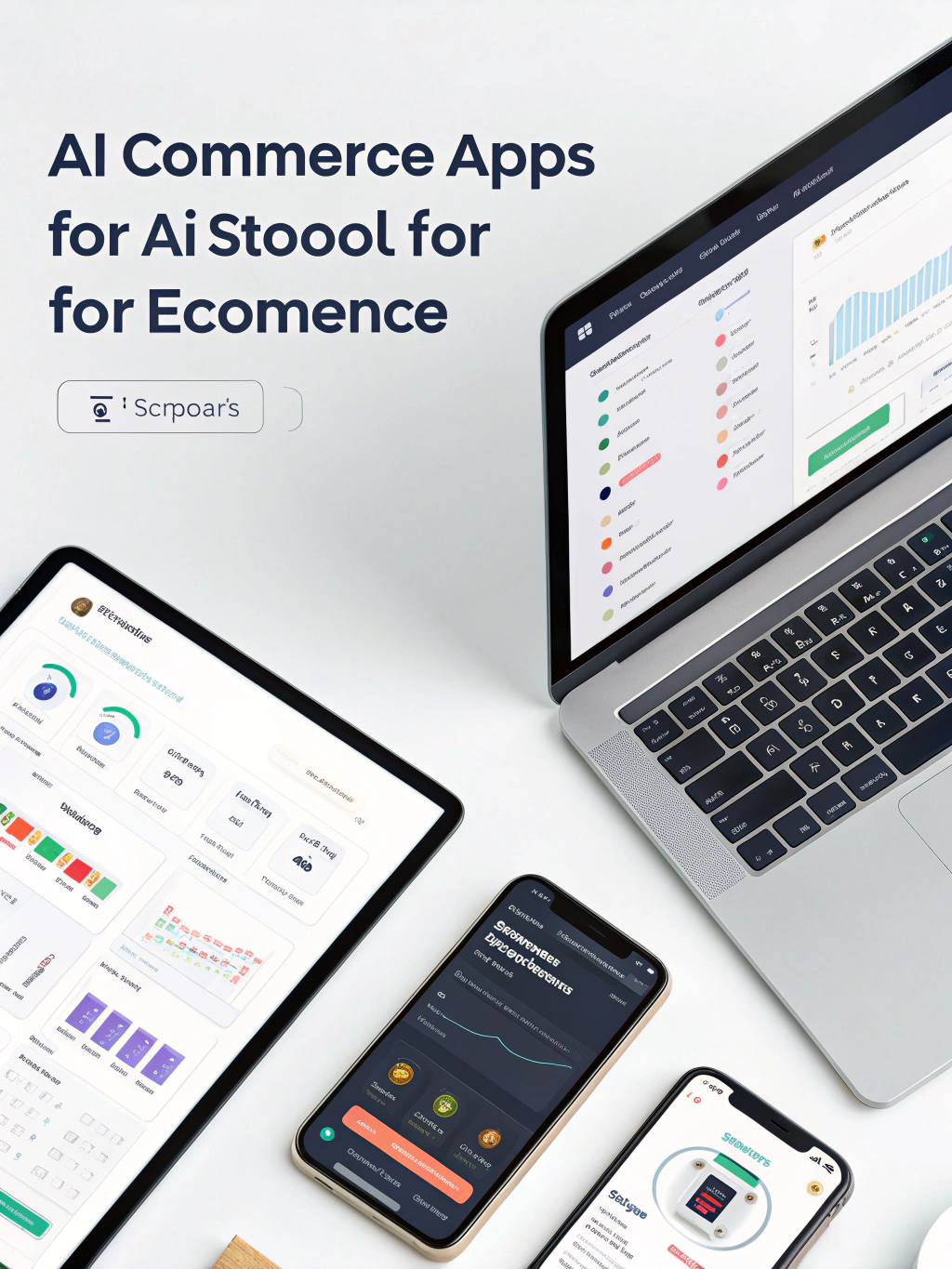

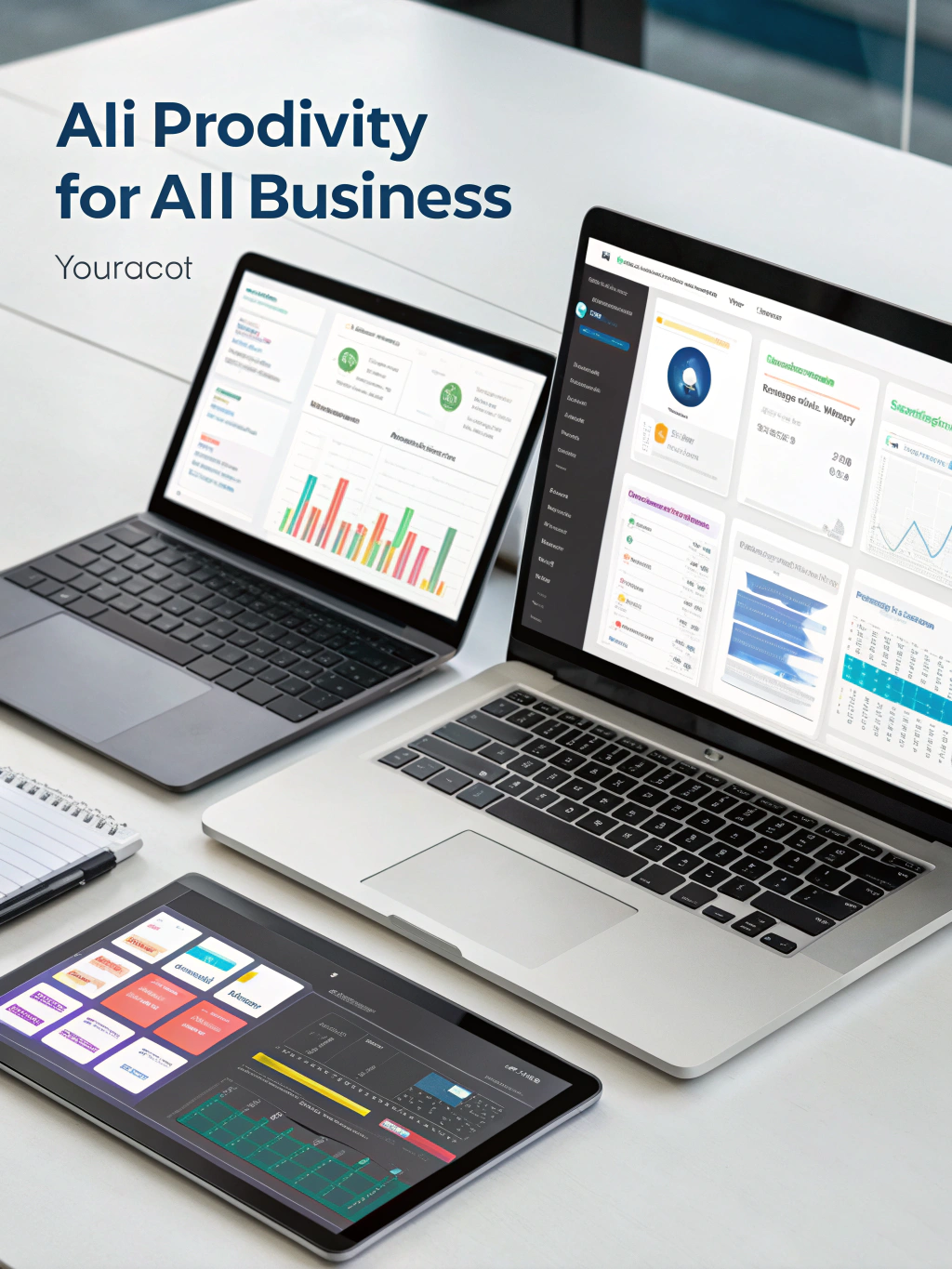
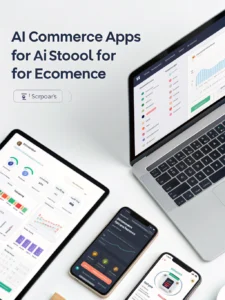






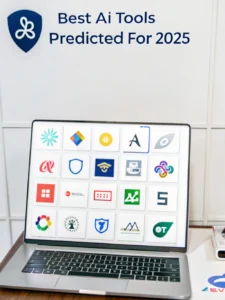

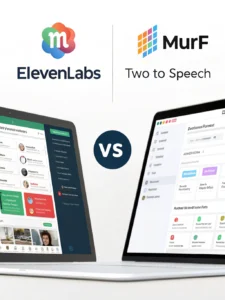
Post Comment